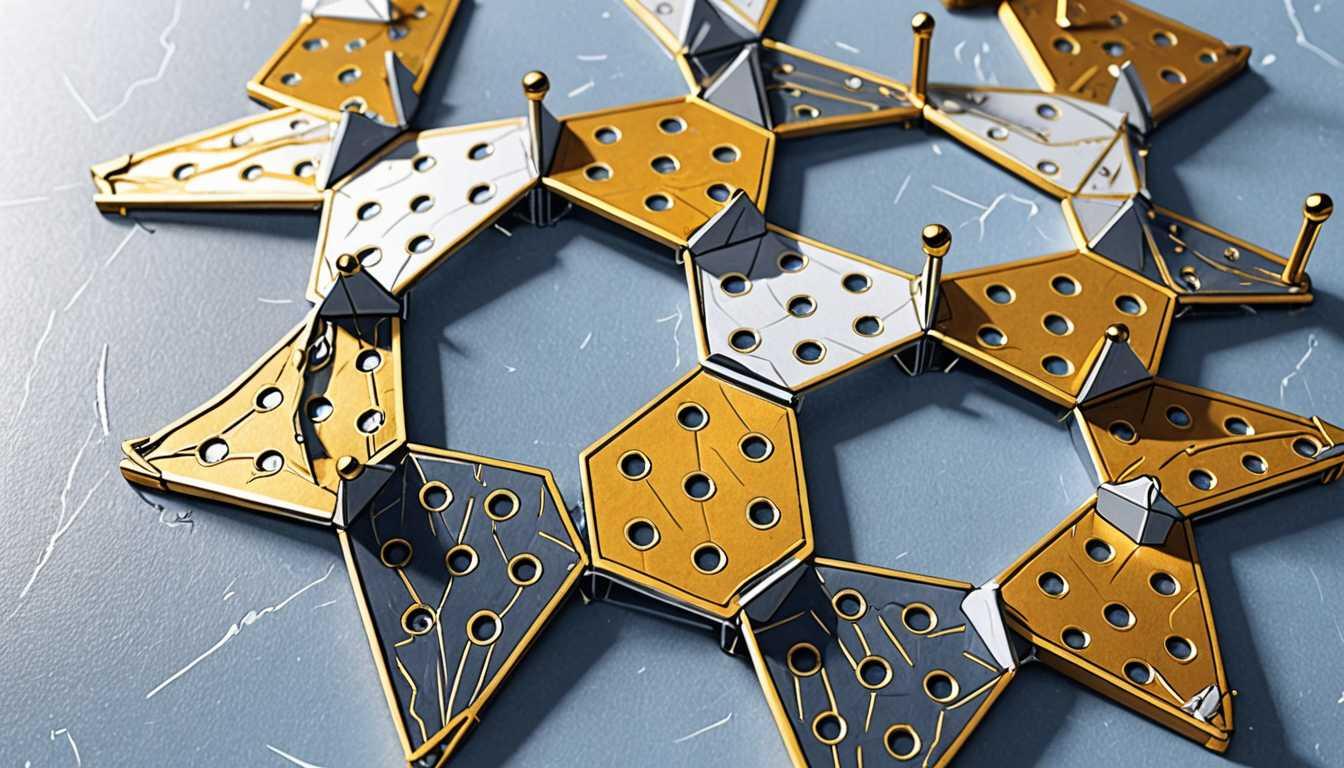Shark Skin Secrets: Beyond the Surface
August 2022
Harvard University
Introduction
Dive into the deep blue with Harvard University's latest study comparing shark skin to its biomimetic twins! Ever wondered why sharks glide so effortlessly through water? It's all in the skin - specifically, those tiny tooth-like scales called denticles. This intriguing research explores how mimicking shark skin's design could revolutionize our boats and swimsuits, making them sleeker and more energy-efficient. But how close have we really come to replicating nature's perfect design? Spoiler: It's a fascinating mix of hits and misses.
READ FULL ARTICLEWhy It Matters
Discover how this topic shapes your world and future
Diving Deep into Nature's Design Lab
Imagine you're gliding through the water with the speed and grace of a shark, cutting through waves effortlessly. This isn't just a daydream for surfers and swimmers; it's a source of inspiration for scientists and engineers worldwide. The secret lies in the skin of sharks, textured with tiny tooth-like scales called denticles, which reduce drag and enhance thrust. This fascinating adaptation has sparked a wave of innovation, leading to the development of materials and designs that mimic shark skin's properties. These bioinspired creations are not just for making faster swimsuits or sleeker robots; they're about understanding and harnessing the principles of nature to solve human challenges. By studying shark skin, researchers are paving the way for advancements in transportation, sports, and even renewable energy. For you, this could mean exploring how the natural world inspires cutting-edge technology and reimagining what's possible in science and engineering.
Speak like a Scholar
Biomimicry
The design and production of materials, structures, and systems that are modeled on biological entities and processes.
Hydrodynamic
Relating to the science that studies fluids in motion and the forces acting on solid bodies immersed in fluids and in motion relative to them.
Denticles
Small, tooth-like structures that cover the skin of sharks and rays, contributing to their streamlined movement through water.
Drag
The force that opposes an object's motion through a fluid like water or air.
Thrust
The force that propels an object forward.
Profilometry
A measurement technique used to measure a surface's profile, in order to quantify its roughness.
Independent Research Ideas
Exploring the secrets of speed
Investigate how different shark species have evolved unique denticle patterns and how these adaptations have optimized their swimming efficiency. This study could shed light on evolutionary biology and fluid dynamics.
From ocean depths to the skies
Examine how the principles of shark skin can be applied to reduce drag on aircraft, potentially revolutionizing aerospace engineering with biomimicry.
Sustainable solutions from the sea
Research the potential of shark skin-inspired designs in renewable energy systems, such as improving the efficiency of wind turbine blades or underwater turbines.
Athletic apparel of the future
Design and test your own line of athletic wear inspired by shark skin, focusing on the balance between biomimicry and material science to enhance performance.
Robots with a natural edge
Create a prototype for a bioinspired robot that uses shark skin-like materials to navigate through water more efficiently, exploring the intersection of robotics, marine biology, and engineering.
Related Articles

Nature-Inspired Micro Machines Unveiled
August 2023
Cornell University

Deep-Sea Signals: A Power Sipper
October 2023
MIT Technology Review

Octopus-Inspired Robotic Grip
April 2024
University of Bristol

Meet the Crawling Kirigami Robot!
September 2024
Cornell News Highlights

Robots Mimic Bumblebee Resilience
March 2023
Massachusetts Institute of Technology (MIT)